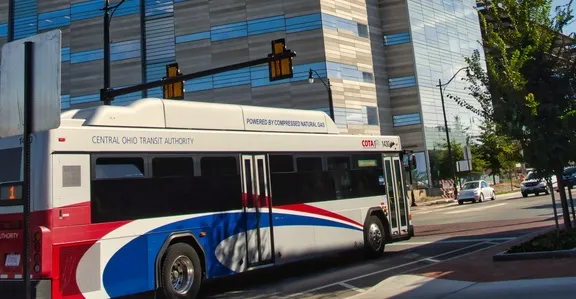Public safety officers in Las Vegas, Nevada, are on the air with a 700 MHz Band 14 LTE (Long Term Evolution) solution through a pilot programme to demonstrate the potential of next-generation wireless broadband technology. Harris Corporation is providing Las Vegas Metropolitan Police Department (LVMPD) the system that delivers the power of LTE through modems installed in department vehicles. The system puts integrated, mission-specific information into the hands of public safety officers who respond to mill
May 16, 2012
Read time: 2 mins
RSSPublic safety officers in Las Vegas, Nevada, are on the air with a 700 MHz Band 14 LTE (Long Term Evolution) solution through a pilot programme to demonstrate the potential of next-generation wireless broadband technology.
Harris Corporation is providing Las Vegas Metropolitan Police Department (LVMPD) the system that delivers the power of LTE through modems installed in department vehicles. The system puts integrated, mission-specific information into the hands of public safety officers who respond to millions of calls each month.
The system capitalises on LTE’s capacity and capability, such as presence, real-time video, mapping, and voice and messaging. It allows participants to use their Coplink and Omega applications, which support computer aided dispatch (CAD), National Crime Information Center lookup, and field reporting.
“Our vision is to bring the most advanced capabilities to Nevada, so we’re evaluating the possibilities of LTE in the hands of Las Vegas first responders,” said Joseph Lombardo, assistant sheriff, Las Vegas Metropolitan Police Department. “We’re eager to explore the potential for improved situational awareness, and real-time video – capabilities that will enhance efficiency and effectiveness in the field.”
LVMPD is testing Harris’ Radio Access Network infrastructure connected to the Harris hosted LTE core in Chelmsford, Mass. Nokia Siemens Networks supplied eNode B base stations, components of the RAN infrastructure, which are able to operate in all 20 MHz of the 700 MHz Band 14 spectrum allocated to public safety.
This programme is the second pilot announced by Harris in recent months. In March, Miami-Dade police officers began participating in a similar pilot, but there Harris also is demonstrating the capabilities of its Next Connect Solution, a technology that allows first responders to maintain seamless, secure connectivity when moving between private and public broadband networks.
Harris Corporation is providing Las Vegas Metropolitan Police Department (LVMPD) the system that delivers the power of LTE through modems installed in department vehicles. The system puts integrated, mission-specific information into the hands of public safety officers who respond to millions of calls each month.
The system capitalises on LTE’s capacity and capability, such as presence, real-time video, mapping, and voice and messaging. It allows participants to use their Coplink and Omega applications, which support computer aided dispatch (CAD), National Crime Information Center lookup, and field reporting.
“Our vision is to bring the most advanced capabilities to Nevada, so we’re evaluating the possibilities of LTE in the hands of Las Vegas first responders,” said Joseph Lombardo, assistant sheriff, Las Vegas Metropolitan Police Department. “We’re eager to explore the potential for improved situational awareness, and real-time video – capabilities that will enhance efficiency and effectiveness in the field.”
LVMPD is testing Harris’ Radio Access Network infrastructure connected to the Harris hosted LTE core in Chelmsford, Mass. Nokia Siemens Networks supplied eNode B base stations, components of the RAN infrastructure, which are able to operate in all 20 MHz of the 700 MHz Band 14 spectrum allocated to public safety.
This programme is the second pilot announced by Harris in recent months. In March, Miami-Dade police officers began participating in a similar pilot, but there Harris also is demonstrating the capabilities of its Next Connect Solution, a technology that allows first responders to maintain seamless, secure connectivity when moving between private and public broadband networks.










